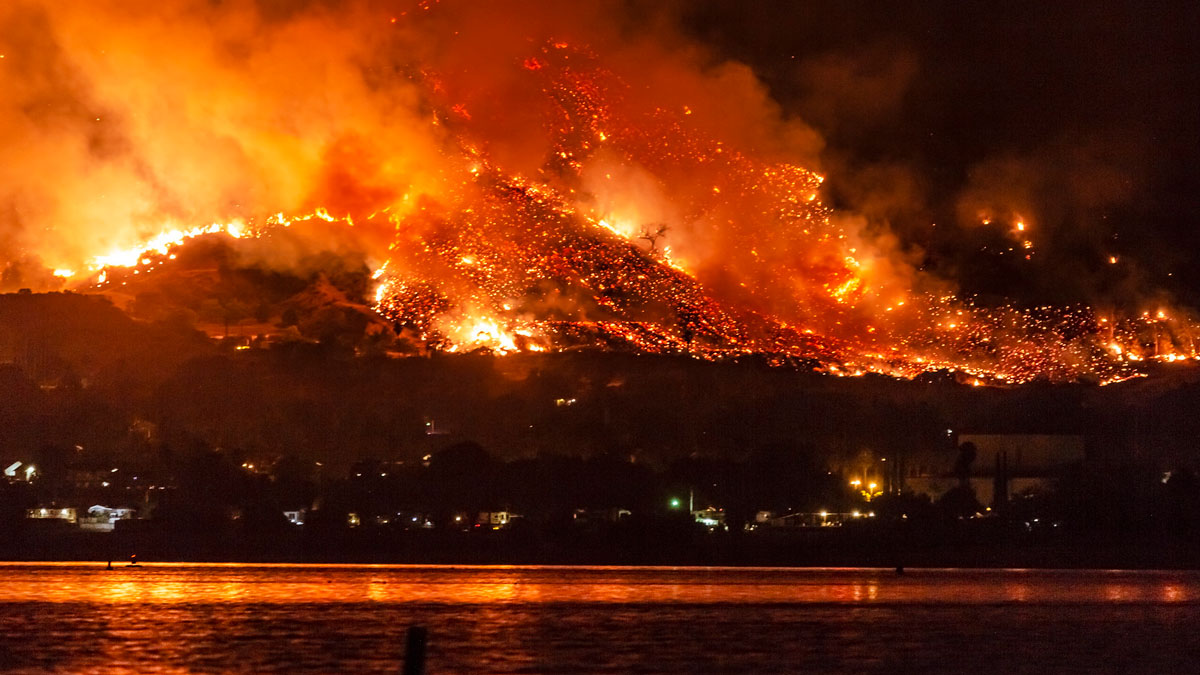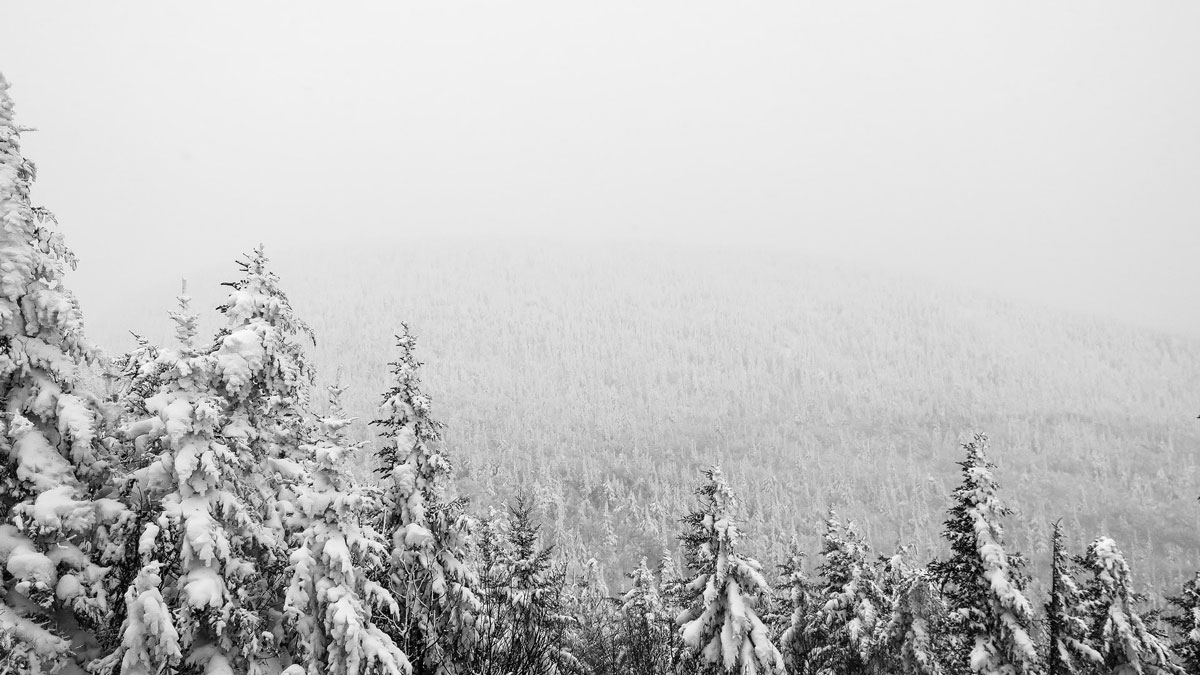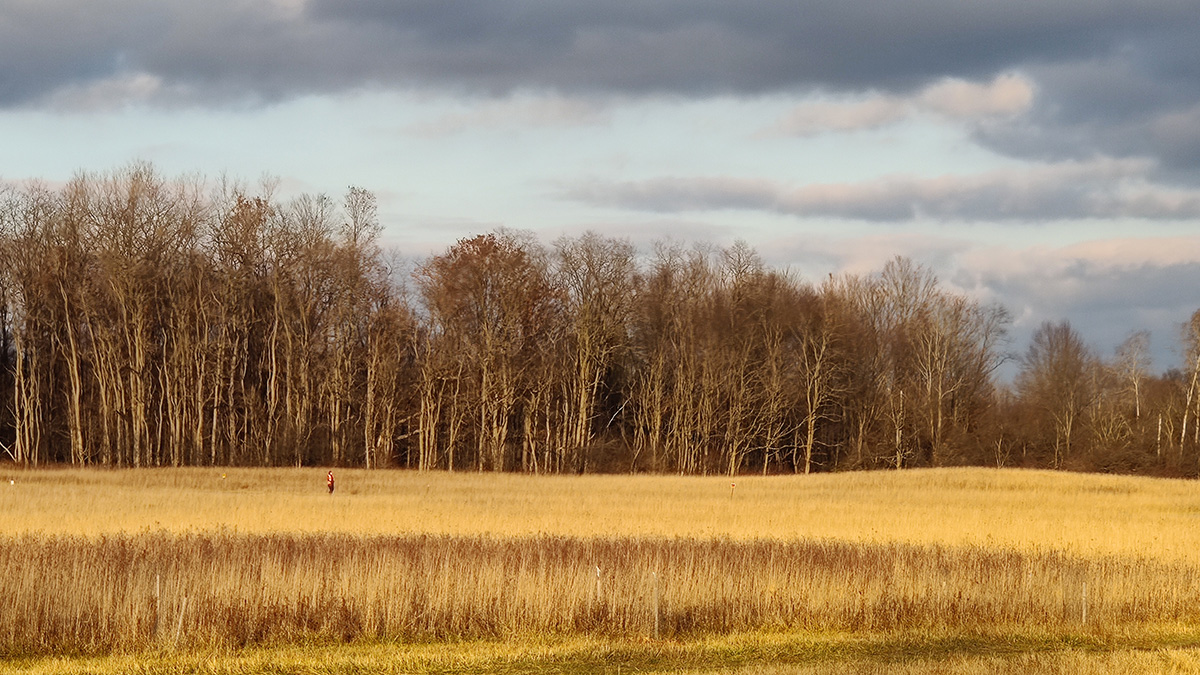Success in Yosemite is driving the wider use of lidar surveys to support forest health and wildfire resilience, study wildlife habitats, and monitor water resources.
forests
Climate Benefits of Forests Go Far Beyond Carbon Sequestration
Forests are “essentially air-conditioning systems” thanks to biophysical processes like evapotranspiration and canopy roughness.
Los incendios forestales empeorarán, advierte informe de la ONU
Desde el ecuador hasta el Ártico, es probable que aumenten los incendios forestales y que el cambio climático los empeore, según un nuevo informe de las Naciones Unidas. La acción todavía es posible, dicen los autores.
Paired Gas Measurements: A New Biogeochemical Tracer?
A technique that measures the ratio of carbon dioxide produced to oxygen consumed could improve predictions of soil’s response to climate change.
Trees Wearing Accelerometers Help Track Snowstorms
This device allows scientists to measure how much snow is trapped in canopies and predict changes to snowpack—a critical factor in annual water availability.
Scientists Fight to Keep Lidar on the Space Station
Remote sensing experts may lose a key tool in the fight against climate change.
Satellites Reveal Slow Shift of the Entire Boreal Biome
According to a new study, warmer temperatures and high soil nitrogen levels are causing Earth’s largest land biome to advance northward.
Wildfires Will Worsen, Warns U.N. Report
From the equator to the Arctic, wildfires are likely to increase, and climate change can make them worse, according to a new United Nations report. Action is still possible, say the authors.
Tree Carbon Data That Ring True
An international group of researchers may have found a way to better account for carbon storage in forests.
Forest Edges Are More, Not Less, Productive Than Interior Forest
The boundaries of northeastern U.S. forests suck in more carbon dioxide than previously thought.










